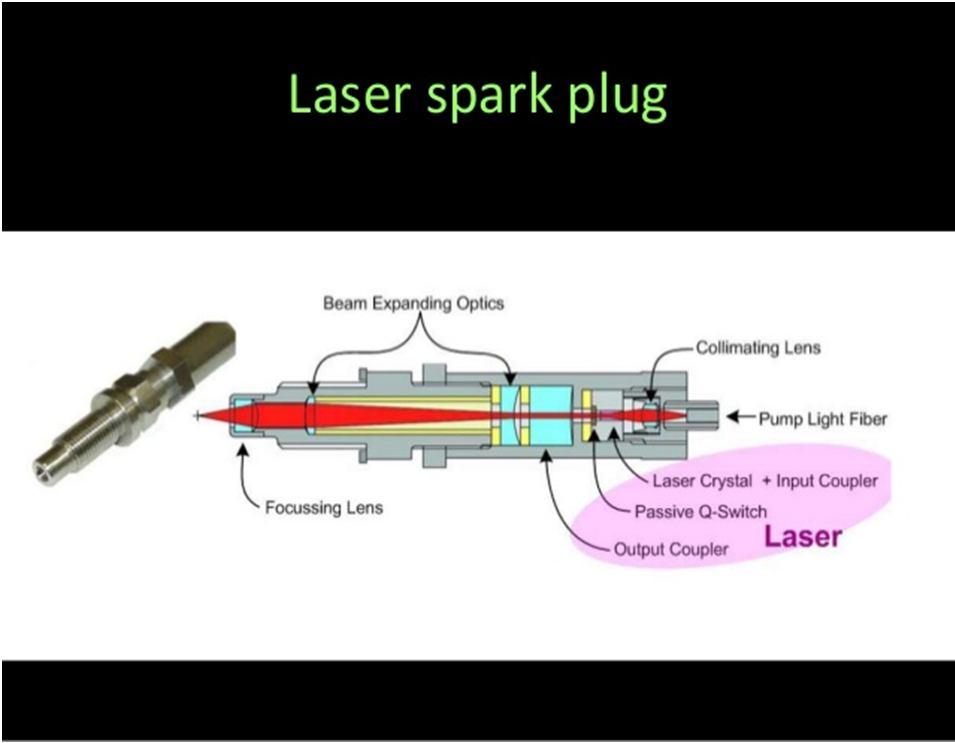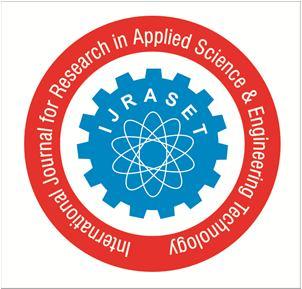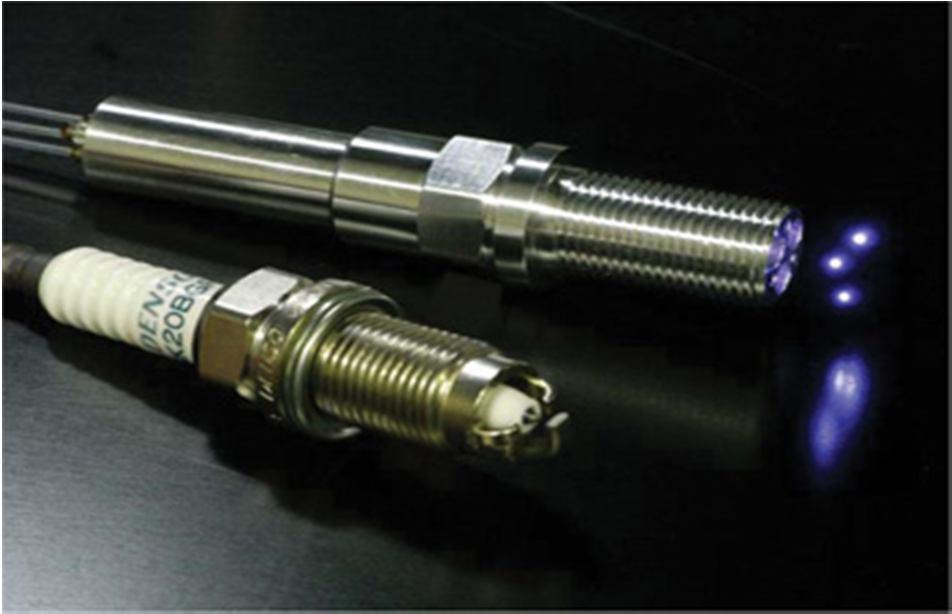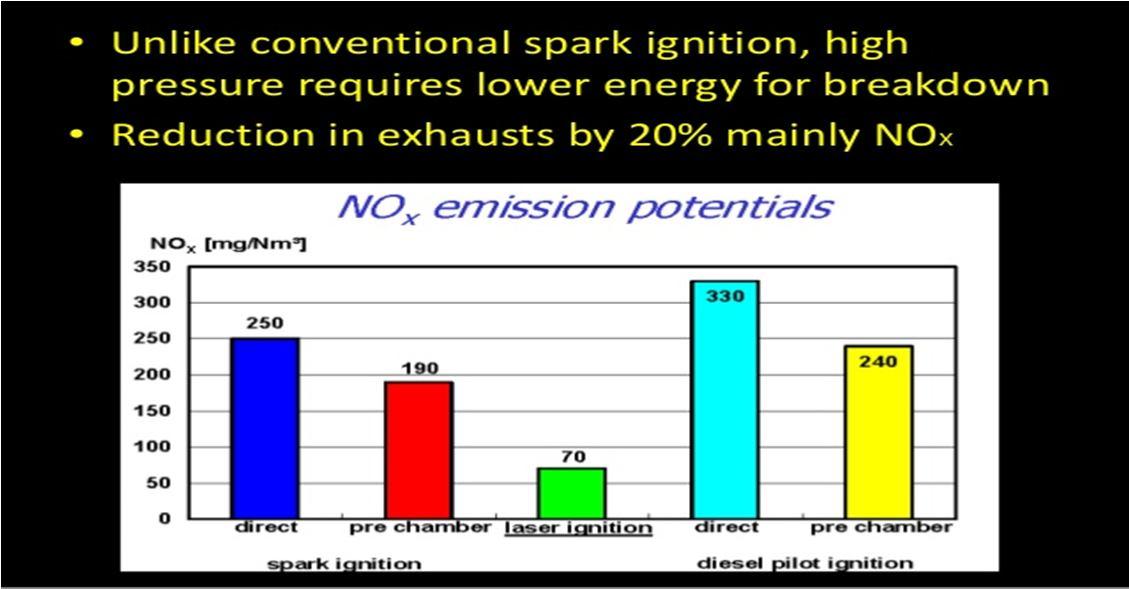
2 minute read
International Journal for Research in Applied Science & Engineering Technology (IJRASET)

ISSN: 2321-9653; IC Value: 45.98; SJ Impact Factor: 7.538
Advertisement
Volume 11 Issue I Jan 2023- Available at www.ijraset.com
8) Optical wire and laser setup is much smaller than the current spark plug model, allowing for different design opportunities.
9) Easier possibility of multipoint ignition.
10) Quenching effects of spark plug electrodes are avoided.


11) Erosion effects are avoided in laser ignition system.
12) The laser also produces more stable combustion so you need to put less fuel into the cylinder, therefore increasing efficiency [8].
13) The power required by laser ignition system is less as compared to conventional ignition system.
14) Flame propagation is relatively fast combustion time is shorter.


ISSN: 2321-9653; IC Value: 45.98; SJ Impact Factor: 7.538
Volume 11 Issue I Jan 2023- Available at www.ijraset.com
G. Current Research

The Japanese researcher, Taira and his team have created a small, robust and efficient laser that can do the job. They did so by heating ceramic powders, fusing them into optically-transparent solids, then embedding them with metal ions in order to tune their properties. Lasers promise less pollution and greater fuel efficiency, but making small, powerful lasers has, until now, proven hard. To ignite combustion, a laser must focus light to approximately 100 gigawatts per square centimetre with short pulses of more than 10 milli-joules each. Taira’s research team overcame this problem by making composite lasers from ceramic powders. The team heats the powders to fuse them into optically transparent solids and embeds metal ions in them to tune their properties. The composite generates two laser beams that can ignite fuel in two separate locations at the same time. This would produce a flame wall that grows faster and more uniformly than one lit by a single laser. The laser is not strong enough to light the leanest fuel mixtures with a single pulse. By using several 800-picosecond-long pulses, however, they can inject enough energy to ignite the mixture completely. The laser-ignition system, although highly promising, is not yet being installed into actual automobiles made in a factory. Taira’s team is, however, working with a large spark-plug company and with DENSO Corporation, a member of the Toyota Group [9].
IV. CONCLUSION
Based on the above reviewed papers and study, we come to the conclusion that a LASER Ignition Plug can efficiently replace the conventional electric spark plugs in IC Engines. Though several studies and researches have proven laser ignition to be efficient and eco-friendly, this concept is on the prototype stage and is not yet available commercially due to a few constraints one of which is high initial cost. Attempts are being made to bring this concept into real-time usage, hence we hope seeing it being used in vehicles in the near future.
References
[1] D. Bradley, C. G. W. Sheppard, I. M. Suardjaja, and R. Woolley, “FUNDAMENTALS of high-energy spark ignition with lasers,” Combust. Flame 138(1-2), 55–77 (2004).
[2] P.D. Maker, R.W. Terhune, C.M. Savage, Optical third harmonic generation, in: 3rd Int. Conf. Quantum Elect., Paris, France, 1963, pp. 1559–1572
[3] R. D. Dodd, “Laser Ignition of an Internal Combustion Engine,” PhD Thesis, Univ. of Liverpool (2007).
[4] J. D. Dale, P. R. Smy, R. M. Clements, Laser ignited internal combustion engine – an experimental study, Proceedings of SAE Congress Detroit, paper 780329.
[5] T. X. Phuoc, Laser-induced spark ignition fundamental and applications, Optics and Lasers in Eng. 44, pp. 351-397, 2006.
[6] J. D. Mullett, “Laser-Induced Ignition Systems for Gasoline Automotive Engines,” PhD Thesis, University of Liverpool (2009).
[7] P.D. Ronney, Laser versus conventional ignition of flames, Opt. Eng. 33 (2) (1994)
[8] H. Kofler, Development of a Laser Spark Plug and Comparative Testing, PhD Thesis, Faculty of Electrical Engineering and Information Technology, Vienna University of Technology, Vienna, Austria, 2009.
[9] S. Gupta, R. Sekar, R. Fiskum, “In-cylinder NOx Reduction Technologies in Advanced Reciprocating Engine Systems (ARES), ARES Peer Review, Arlington, VA, Dec. 13-15, 2005


